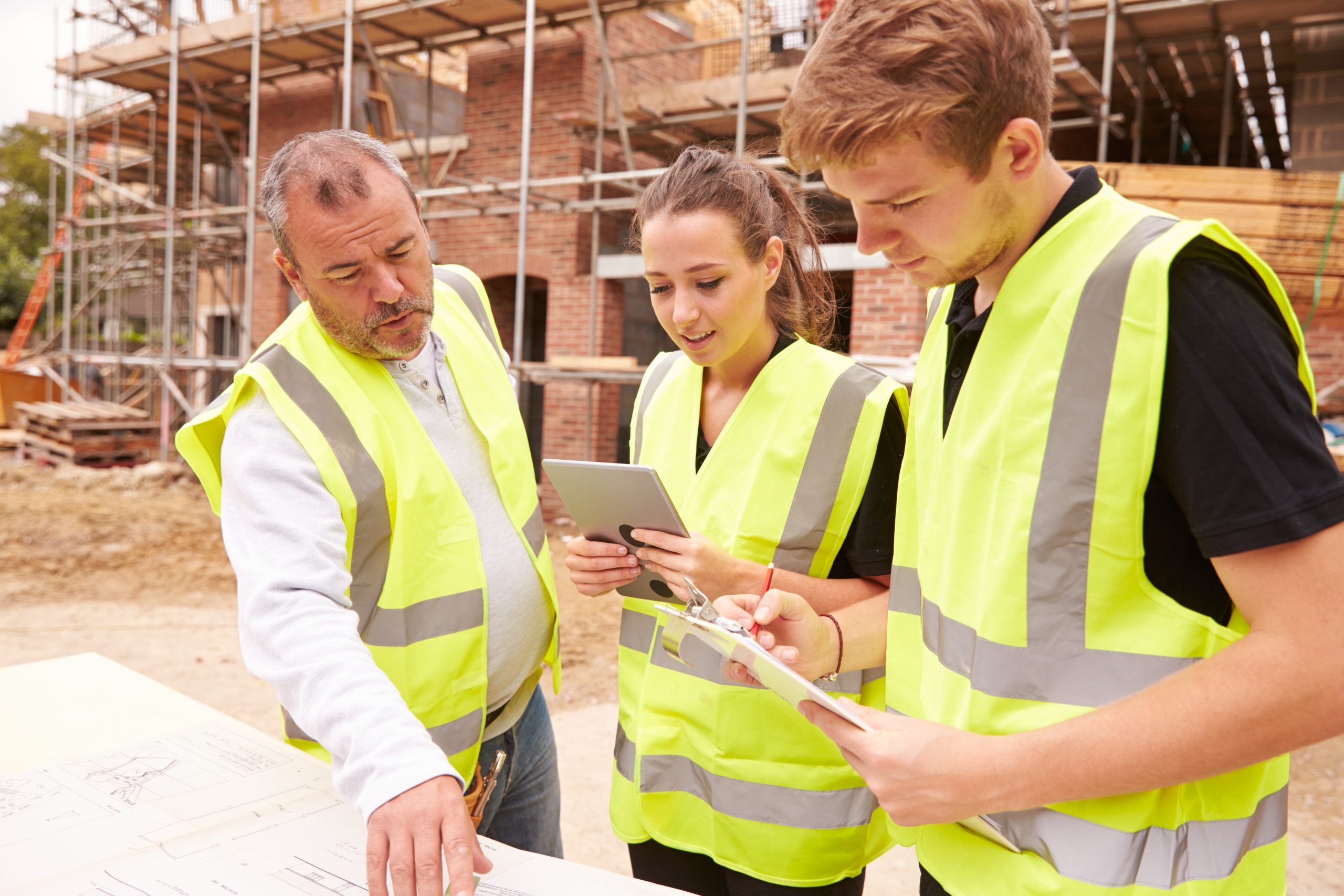Debunking H&S myths and misconceptions
Oct 15, 2025

We’ve heard all sorts of myths and misconceptions when it comes to health and safety. We’re here to debunk some of the more common ones we hear.
H&S admin takes too long on-site, it slows us down.
Back in the day we’d agree with you on this one, however times have changed. With a digital system (*cough*, HazardCo), you can complete your health and safety quickly and easily.
Did you know our members reduced health and safety admin time by 50% when they switched from paper systems? Our easy to use App will guide you through what needs to be done to ensure you’re on top of your health and safety.
I’m not going to have an incident on site, I’ve been doing this for years and I know what I’m doing.
Just because you haven’t had an incident on-site for a while doesn’t mean it can’t happen. The more often you’re around the same risk, the easier it is to ignore it, but the danger is still there.
Construction sites are always changing, and with every stage of the build, new hazards can show up. That’s why it’s important to regularly check your safety measures and adjust them when needed, so you and your mates can keep working safely.
HazardCo members are proven to be twice as safe as the industry average and helps you to stay on top of your health and safety at all times. Learn about the common incidents on-site and how to reduce the risk.
I don’t need to worry about health and safety because I’m a small builder, the Regulators have bigger fish to fry.
The role of the regulators is to reduce workplace harm. There are still many incidents happening on residential building sites, that is why it remains a big focus for them. The regulators often send out safety alerts about recent issues and risks, like falls from height.
Health and safety isn’t just about following the regulators’ rules, it’s about protecting your workers and others on site. Staying on top of it can mean:
- Everyone gets home safe at the end of the day
- A happier and healthier workplace
- Fewer incidents, which means fewer injury claims, lower costs for your business, and less downtime fixing problems
It’s fine for me to use the same safety plan on all my sites because the houses I build are really similar.
Each Safety Plan (WHS Management Plan / Health and Safety Coordination Plan) must be specific to the site.
Sure, some key hazards and risks will be the same across projects, therefore certain content may remain the same from project to project however, it’s essential that a site specific safety plan is created, reviewed and amended for each project.
It’s up to the contractors and subbies on site to make sure they are safe, it’s not up to me as the building company.
On construction sites, the principal contractor has overall responsibility for managing health and safety, but many businesses and people also share duties, from contractors and suppliers to building owners.
This means tasks like managing risks, consulting workers, providing training, reporting incidents, first aid, and emergency planning must be coordinated between all parties. Everyone involved has a legal duty of care, so it’s essential to consult, cooperate, and communicate clearly.
Setting safety expectations in contracts, preparing a Site Specific Safety Plan (SSSP), carrying out inductions, using tools like the HazardCo App for reporting and monitoring, and holding regular toolbox talks all help ensure workers are protected and legal obligations are met.
Find out more about sharing health and safety duties in construction.
I don’t need to report or investigate near misses, as nothing happened.
A near miss is an incident that could have caused harm but didn’t, and it’s just as important to report and record as an actual injury. Too often these are brushed off, but treating them seriously helps identify risks before they turn into something worse.
By encouraging near miss reporting, businesses can spot patterns, improve safety controls, and build a culture of open conversations about health and safety.
Using tools like the HazardCo App makes reporting quick and easy, adds incidents to a digital register, and allows them to be reviewed and discussed at toolbox meetings.
The more near misses are reported, the better prepared everyone is to prevent serious incidents and keep people safe on-site. Read more about the importance of reporting and recording near misses.
I don’t need to worry about managing ‘Health’ when it comes to Health and Safety on-site.
Health is often overlooked in construction, but it’s one of the biggest reasons workers take time off and businesses face extra costs. Both physical and mental health matter.
Physical risks like heavy lifting, repetitive movements, awkward postures, or long hours can lead to musculoskeletal injuries such as sprains, strains, and back or joint pain. These injuries can build up over time and are the leading cause of workers’ compensation claims.
On top of that, construction workers face health hazards like dust, chemicals, and noise, which is why monitoring workers’ health is so important. Mental health is just as critical, construction workers are at much higher risk of suicide than the general population, and workplaces have a responsibility to manage stress, bullying, and other risks to wellbeing.
Poor health on-site affects not just the worker but also deadlines, team morale, and the bottom line. By planning tasks properly, rotating jobs, using the right equipment, encouraging open conversations, and monitoring risks, businesses can keep workers safe, healthy, and more productive.
Get the best from your team and work safer and healthier. Find out more about the importance of looking after you and your worker’s physical and mental health.









